Last week, as part of a project called Dairy-4-Future, I was fortunate to travel to Brittany in France to visit participating farms. The project is co-ordinated locally by CAFRE and supported by INTERREG Atlantic Area funding. The aim is to improve resilience and create sustainable dairy production systems in the Atlantic region of Scotland, Ireland, Spain, France and Portugal.
Throughout this Atlantic region are 100 farms comparing figures on factors ranging from financial performance to energy inputs, carbon and greenhouse gas emissions, antibiotic use, and labour inputs.

Young calf accommodation on a French dairy farm.
First impressions on touching down in France was that the weather was similar to what we had left behind in NI.
However, while our weather is changeable at the best of times, it seemed to be unseasonably wet for the time of year in France.
The first farm visited was milking around 60 cows with a robot, calving heifers at 26 months and calving all year round.
Yields were around 8,000 litres and cows were let out to graze every day for a few hours.
This being the first farm, we were keen to get a picture of farming in France.
Average herd size in the region seems to be around 50 to 60 cows, and in contrast to NI, the drive of farmers seems to be more towards self-sufficiency within the farm gate as opposed to milking as many cows as possible.
Around 20% of farms are milking cows with robots. All farms visited grew top-quality forage, with maize silage making up about 90% of the diet.
Cereals and protein crops are commonly grown, with the grain sent to a mill and brought back to the farm as processed blend.

French dairy farmers are able to graze cows for up to 300 days
Growing so much cereal means that straw is readily available for bedding cows and feeding young stock. It turns out straw could be bought for €20/t.
However, the revelation that land price in the region ranges from €4,000/ha to €5000/ha (£1,400/ac to £1,800/ac), or €150/ha to €170/ha to rent, was the biggest surprise of all.
The fact that land price in NI is at least €25,000/ha was equally a surprise to our hosts.
Second visit
The second farm that day was milking 85 cows using a conventional parlour.
This was a very well run farm, making excellent feed and achieving yields of around 9,000 litres/cow, with around 6,000 litres/cow coming from forage.
Again, cows calve all year round and graze for upwards of 300 days/year, being out at night for approximately 200 days.
Milk price was around 35c\litre, with adjustments being made for quality and also various environmental incentives such as recycling and reducing use of plastic
Cows are rotationally grazed and reseeding is in rotation with maize and cereals. For field work, farmers seemed to own machinery in collectives, which also employed drivers and mechanics.
Milk price was around 35c\litre, with adjustments being made for quality and also various environmental incentives such as recycling and reducing use of plastic.
To control milk supply, price is linked to a reference volume based on what quota the farm had, plus a margin. Over this reference volume, prices reduce. Cost of production is around 30c/litre.
Rapid exit
The third farm was milking 100 cows in a new 24/24 GEA rapid-exit parlour.
Cows are out grazing and are loose housed on straw during the winter months.
On this farm, and in common with all farms visited, lifestyle is high up on the agenda.
The dairy herd supports four labour units, with cows milked once a day for a month in the summer to facilitate holidays.
The rest of the year, afternoon milking starts at 3.30pm to allow more time with the children in the evenings.
Research
Finally, we finished off the trip with a visit to a research farm which is milking cows on a robot.
The cows here are grazed most of the year and have free access to maize silage via a grazing gate.
Just like here, veganism and animal rights activists are considered to be a serious threat
To encourage cows back to be milked there was no water in the paddocks.
This farm is linked to an agricultural college, and grazing cows with a robot is seen to be a sustainable system in terms of animal welfare and public image of the dairy industry.
Just like here, veganism and animal rights activists are considered to be a serious threat.
Another parallel is the ever increasing level of paperwork, partly driven by issues around the environment.
Read more
Wholecrop getting off to a slow start
Costs and returns going in opposite directions
Last week, as part of a project called Dairy-4-Future, I was fortunate to travel to Brittany in France to visit participating farms. The project is co-ordinated locally by CAFRE and supported by INTERREG Atlantic Area funding. The aim is to improve resilience and create sustainable dairy production systems in the Atlantic region of Scotland, Ireland, Spain, France and Portugal.
Throughout this Atlantic region are 100 farms comparing figures on factors ranging from financial performance to energy inputs, carbon and greenhouse gas emissions, antibiotic use, and labour inputs.

Young calf accommodation on a French dairy farm.
First impressions on touching down in France was that the weather was similar to what we had left behind in NI.
However, while our weather is changeable at the best of times, it seemed to be unseasonably wet for the time of year in France.
The first farm visited was milking around 60 cows with a robot, calving heifers at 26 months and calving all year round.
Yields were around 8,000 litres and cows were let out to graze every day for a few hours.
This being the first farm, we were keen to get a picture of farming in France.
Average herd size in the region seems to be around 50 to 60 cows, and in contrast to NI, the drive of farmers seems to be more towards self-sufficiency within the farm gate as opposed to milking as many cows as possible.
Around 20% of farms are milking cows with robots. All farms visited grew top-quality forage, with maize silage making up about 90% of the diet.
Cereals and protein crops are commonly grown, with the grain sent to a mill and brought back to the farm as processed blend.

French dairy farmers are able to graze cows for up to 300 days
Growing so much cereal means that straw is readily available for bedding cows and feeding young stock. It turns out straw could be bought for €20/t.
However, the revelation that land price in the region ranges from €4,000/ha to €5000/ha (£1,400/ac to £1,800/ac), or €150/ha to €170/ha to rent, was the biggest surprise of all.
The fact that land price in NI is at least €25,000/ha was equally a surprise to our hosts.
Second visit
The second farm that day was milking 85 cows using a conventional parlour.
This was a very well run farm, making excellent feed and achieving yields of around 9,000 litres/cow, with around 6,000 litres/cow coming from forage.
Again, cows calve all year round and graze for upwards of 300 days/year, being out at night for approximately 200 days.
Milk price was around 35c\litre, with adjustments being made for quality and also various environmental incentives such as recycling and reducing use of plastic
Cows are rotationally grazed and reseeding is in rotation with maize and cereals. For field work, farmers seemed to own machinery in collectives, which also employed drivers and mechanics.
Milk price was around 35c\litre, with adjustments being made for quality and also various environmental incentives such as recycling and reducing use of plastic.
To control milk supply, price is linked to a reference volume based on what quota the farm had, plus a margin. Over this reference volume, prices reduce. Cost of production is around 30c/litre.
Rapid exit
The third farm was milking 100 cows in a new 24/24 GEA rapid-exit parlour.
Cows are out grazing and are loose housed on straw during the winter months.
On this farm, and in common with all farms visited, lifestyle is high up on the agenda.
The dairy herd supports four labour units, with cows milked once a day for a month in the summer to facilitate holidays.
The rest of the year, afternoon milking starts at 3.30pm to allow more time with the children in the evenings.
Research
Finally, we finished off the trip with a visit to a research farm which is milking cows on a robot.
The cows here are grazed most of the year and have free access to maize silage via a grazing gate.
Just like here, veganism and animal rights activists are considered to be a serious threat
To encourage cows back to be milked there was no water in the paddocks.
This farm is linked to an agricultural college, and grazing cows with a robot is seen to be a sustainable system in terms of animal welfare and public image of the dairy industry.
Just like here, veganism and animal rights activists are considered to be a serious threat.
Another parallel is the ever increasing level of paperwork, partly driven by issues around the environment.
Read more
Wholecrop getting off to a slow start
Costs and returns going in opposite directions




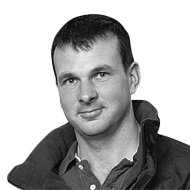

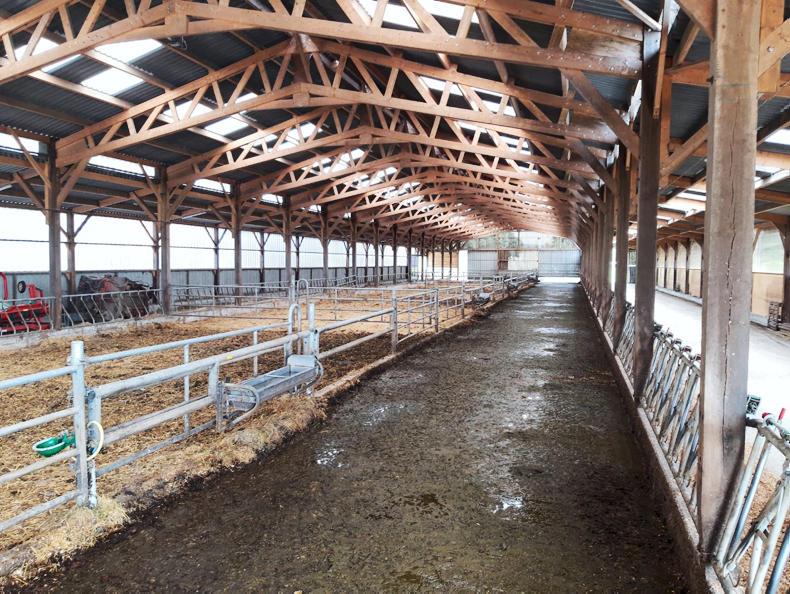
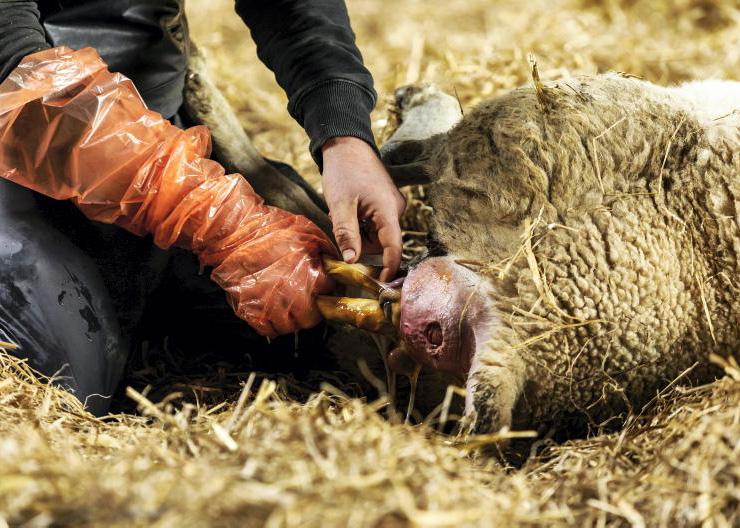

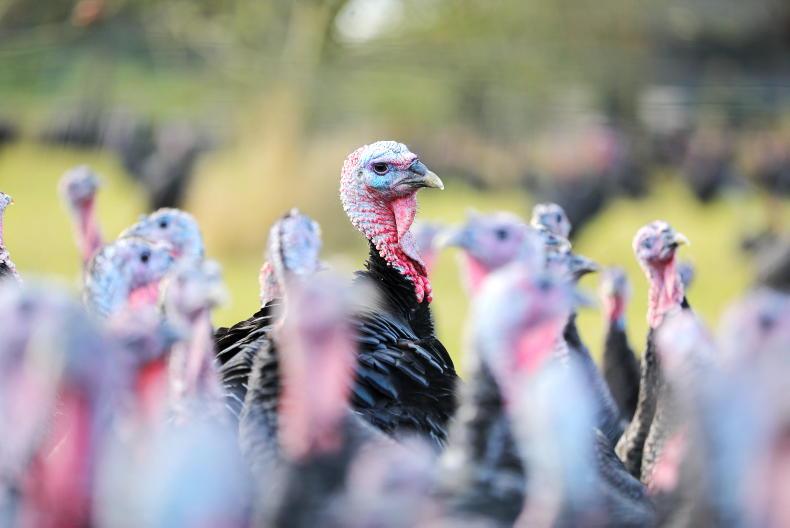
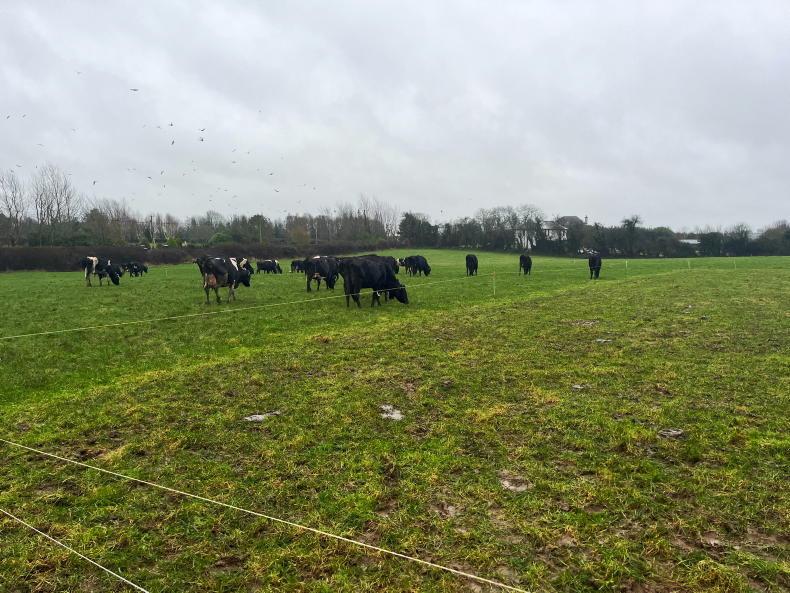
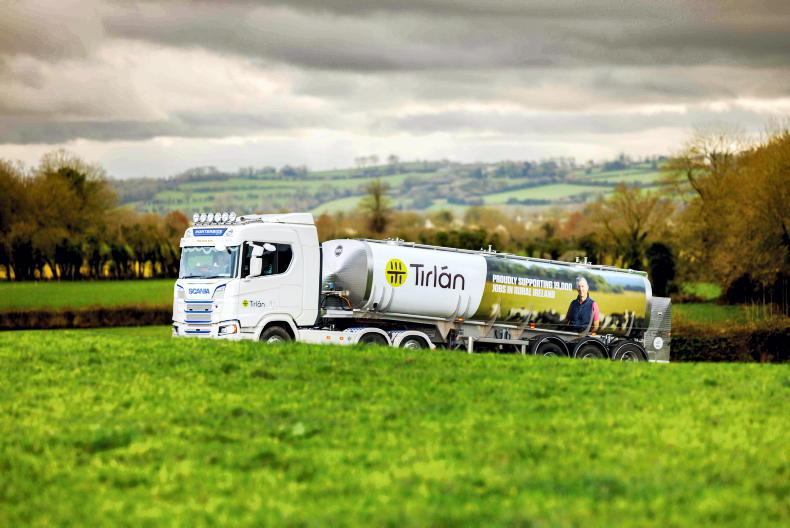
SHARING OPTIONS